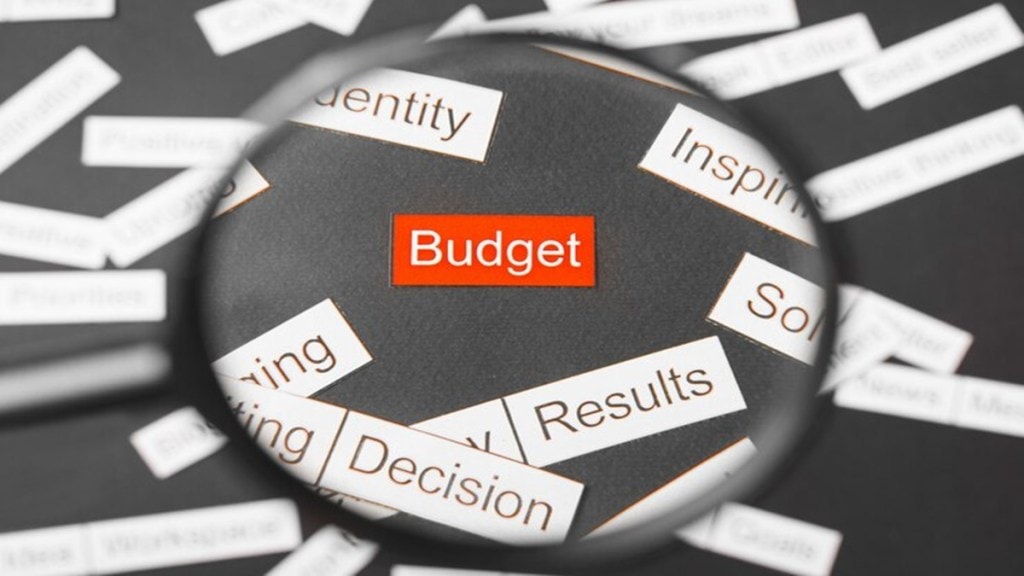By Sudipto Mundle
This was finance minister Nirmala Sitaraman’s eighth Budget, but the first full Budget of the new government, or the first Budget of what economists call the political business cycle. Typically, a government can prepare fiscally prudent and reform-oriented Budgets during the first half of its tenure. The second half is taken over by electoral consideration. From this perspective, it was expected to be a hard, no-nonsense Budget. The Economic Survey also built expectations that the Budget would be reform-oriented. The government’s emphasis in recent months on the importance of employment built expectations that the Budget would incentivise the growth of employment-intensive sectors. Remarks by the President and the Prime Minister also raised expectations that it would include measures for the middle class. It turns out that the Budget has indeed lived up to all these expectations, difficult as that may sound.
Let’s start with headline numbers on fiscal deficit (FD). Compared to the budget estimate of Rs 48.2 lakh crore, total expenditure turns out to be Rs 1 lakh crore less at Rs 47.2 lakh crore in the revised estimate (RE), rounded to one decimal point. Revenues are also lower at Rs 30.9 lakh crore (RE), leaving an FD of 4.8% of GDP. This overshoots the Budget target of 4.9%. For FY26, the Budget has set an FD target of 4.4%, again a shade lower than that of 4.5% by FY26 the FM had set earlier, reinforcing her reputation of strong fiscal prudence. She has also spelt out a six-year road map of gradually bringing down the central government debt-to-GDP ratio, which is the ultimate goal of deficit reduction.
Turning to the expenditure proposals, three themes stand out: the emphasis on employment, exports, and close cooperation with states on many schemes. There is also a focus on schemes for Bihar and the ones for ship-building and ship breaking are likely to primarily benefit Gujarat. The schemes are classified into groups as the four engines of growth — agriculture, micro, medium, and small enterprises (MSMEs), investment, and exports.
In agriculture, which accounts for the bulk of India’s labour force, Sitharaman has introduced a programme to boost productivity in 100 low-productivity districts, implicitly recognising the difficulty of moving labour out of agriculture. There is a similar multi-sector rural development scheme for 100 districts, aimed at women and young, marginal, or landless farmers.
Other important schemes include ones for fruit and vegetables, a self-sufficiency programme for pulses, a national programme for pest-resistant and high-yielding variety seeds, a scheme for long staple cotton, and a fisheries programme, especially for the Andaman and Nicobar Islands and Lakshadweep. The use of a vast rural postal network to provide banking services in under-served areas, enhanced rural credit, and digitisation are other innovative schemes for the labour-intensive agricultural sector and rural economy.
The second plank for labour-intensive growth includes many schemes for MSMEs, which account for 45% of India’s exports. The definition of MSME itself has been expanded to enable enterprises to grow and still qualify for schemes. These include liberalised credit limits, a special credit window for MSME exporters, and a new Fund of Funds scheme for start-ups. The sectors identified as employment-intensive exporters include footwear and leather, toys, and food processing. Oddly, garments, a labour-intensive and export-oriented sector, is not mentioned. A manufacturing mission has also been introduced for clean technologies in MSMEs.
A third plank for productive employment-intensive growth, hitherto neglected, is tourism services. Schemes have been announced on skilling and credit to support religious (Buddhist circuit) and medical tourism, as well as developing 50 leading tourist sites in cooperation with the states.
Under the third growth engine, investment, the FM has included a range of schemes from nutrition for women and children and Atal Tinkering Laboratories to the extension of broadband communications under BharatNet. These include schemes of capacity expansion in Indian Institutes of Technology, medical colleges and hospitals, and global capability centres, besides loans for vendors and day-care centres, welfare schemes for gig workers, etc. Conventional investment promotion schemes comprise incentives for public-private partnerships in all industries and an extension of the 50-year interest-free loan scheme for states by another year. Also included are schemes for ship-building and ship breaking, expansion of the Udan programme to 120 new destinations, and one for small modular nuclear power plants.
Several schemes, including some described above, are also under the exports growth engine.
Turning to taxation, tariffs have been eliminated for some products, while others have seen a reduction on the basic Customs duty, which is most welcome. However, the case-by-case specification of many rates remains. The FM has indicated this is a work in progress, and eventually, she will move to an eight-rate schedule.
For direct taxes, she has said a simplified Income Tax Bill will be introduced soon. The no-tax rate ceiling has been raised to Rs 12 lakh. With a standard deduction of Rs 75,000, no tax will be payable by a person earning up to Rs 12.75 lakh a year. This is the big provision for the middle class. The highest marginal tax rate has been retained at 30%, but there are still too many tax slabs.
Reforms will supposedly fuel her four growth engines. The main area of reform is, in fact, taxation. Many offences have also been decriminalised. The new Bill is awaited for details. The other main area of reforms is the financial sector, including introduction of 100% ceiling for foreign direct investment (FDI) in select sectors, simplification of know-your-customer norms under a new scheme, bilateral treaties to make FDI more user-friendly, and reform of the regulatory framework.
All in all, it is a Budget that lives up to expectations.
The writer is Chairman, Centre for Development Studies.
Disclaimer: Views expressed are personal and do not reflect the official position or policy of FinancialExpress.com. Reproducing this content without permission is prohibited.
